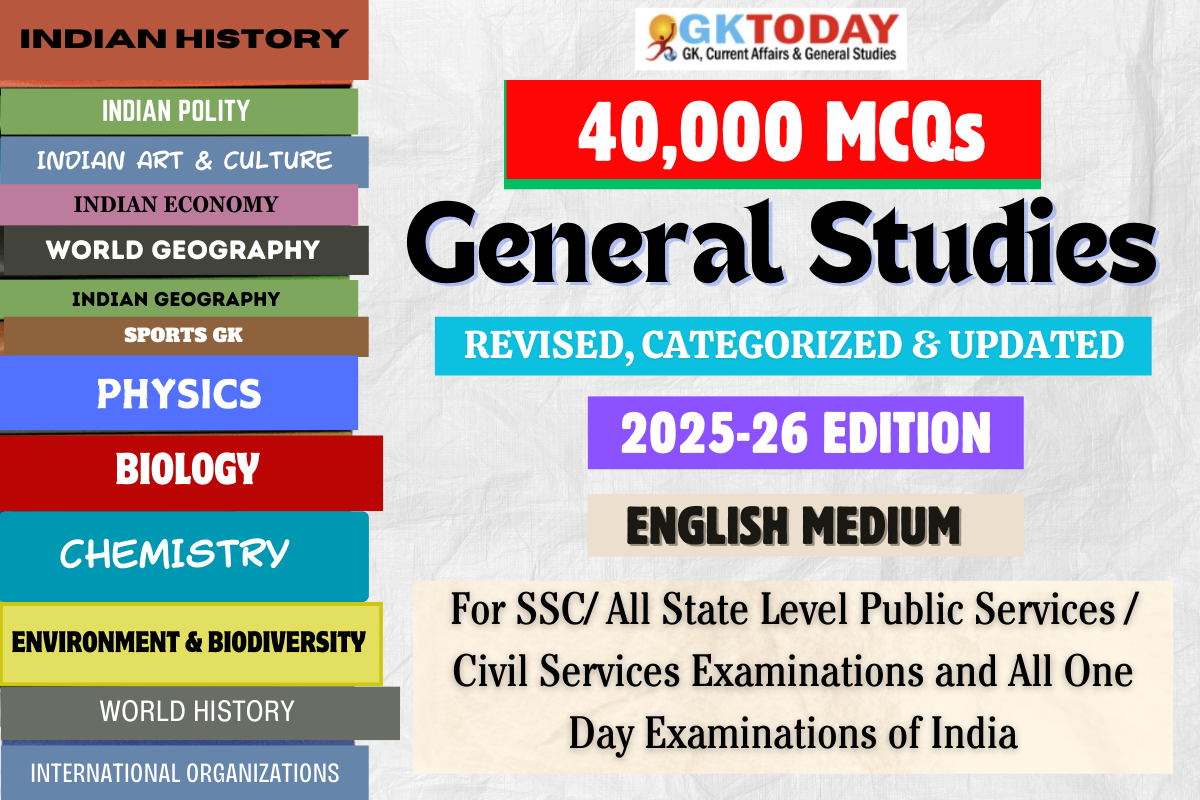Modern Indian History MCQs
Multiple choice questions on Modern Indian History & Freedom Struggle for General Studies and GK preparation of SSC, NDA, CDS, UPSC, UPPSC and State PSC Examinations.
11. Which of the following leaders were associated to Self-Respect Movement (1925) in Madras?
[A] E. V. Ramasamy
[B] P.Tyagaraja Chetti
[C] Dr. B.R Ambedkar
[D] All of the above
Show Answer
Correct Answer: A [E. V. Ramasamy]
Notes:
The Self-Respect Movement (1925) was launched by E. V. Ramasamy to create a society where backward castes have equal human rights and to encourage backward castes to have self-respect in the context of a caste-based society that considered them to be a lower end of the hierarchy.
12. In which Anglo-Mysore, Haider Ali (the ruler of Mysore) was defeated by Sir Eyre Coote?
[A] First
[B] Second
[C] Third
[D] Fourth
Show Answer
Correct Answer: B [Second]
Notes:
In the Second Anglo-Mysore war (1780-84), the British troops led by Warren Hastings seized the French port Mahe, a port
which was very useful to Hyder Ali (the ruler of Mysore) for the entry of supplies. Then, due to this contention, Haider Ali led a joint front with Nizam of Hyderabad and Marathas and captured Arcot. But, due to arrival of Sir Eyre Coote, Haider Ali was defeated in the battles of Porto Novo, Palur and Sholingur. During the war, he died but his son Tipu Sultan continued the struggle. Mean while, French came to his assistance and finally the Treaty of Manglore (1784) was signed. As per the treaty, both sides agreed to return the conquered territories of each other.
13. Who among the following presided over the Surat Session of Indian National Congress in 1907?
[A] Rash Bihari Ghosh
[B] Madan Mohan Malaviya
[C] G.K.Gokhale
[D] Bal Gangadhar Tilak
Show Answer
Correct Answer: A [Rash Bihari Ghosh]
Notes:
Under the presidency of Rash Bihari Ghosh, the 23rd session of Indian National Congress (INC) took place in 1907 at Surat, Gujarat. In this session, the INC splited into two groups – The extremists and The moderates. The extremists were led by Lokmanya Tilak, Lajpat Rai and Bipin Chandra Pal and the moderates were led by Gopal Krishna Gokhale, Pherozeshah Mehta and Surendranath Banerjee.
14. Who was the founder of Namdhari sect in Ludhiana?
[A] Baba Ram Singh
[B] Behramji M. Malabari
[C] Narayan Malhar Joshi
[D] Shiv Dayal Sahib
Show Answer
Correct Answer: A [Baba Ram Singh]
Notes:
The Namdhari sect was founded by Baba Ram Singh on the day of Baisakhi (April 12, 1857), at village Bheni, Ludhiana. This Sikh sect evoked the feelings of self respect and sacrifice for their motherland. It not only mobilized people for the freedom of their country but also against the evil customs of the society.
15. During the reign of which viceroy Queen Victoria declared as “Kaiser-i-Hind”?
[A] Lord Mayo
[B] Lord Northbrook
[C] Lord Lytton
[D] Lord Rippon
Show Answer
Correct Answer: B [Lord Northbrook]
Notes:
The Viceroy of India, Lord Northbrook organised Delhi Darbar in 1877 and officially decalerd Queen Victoria as Kaiser-i-Hind (or Empress of India).
16. The Bombay Association (1852), the first political association in Bombay presidency was founded by whom in 1852?
[A] Jagannath Shankarsheth
[B] Dadabhai Naoroji
[C] Surendra Nath Banerjee
[D] Sir Syed Ahmad Khan
Show Answer
Correct Answer: A [Jagannath Shankarsheth]
Notes:
The Bombay Association was the first political organization in Bombay Presidency founded by Jagannath Shankarsheth on 26 August 1852. Various members were Sir Jamshedji Jejeebhoy, Jagannath Shankarsheth, Naoroji Fursungi, Dr. Bhau Daji Lad, Dadabhai Naoroji and Vinayak Shankarshet. Sir Jamshedji Jejibhai was the first president of the organization.
17. Consider the following personalities:
- Acharya Narendra Deva
- Jay Prakash Narayan
- Ram Manohar Lohia
Who among the above were associated with the formation of the Congress Socialist Party in 1934?
[A] Only 1
[B] Only 1 & 2
[C] Only 2 & 3
[D] Only 3
Show Answer
Correct Answer: B [Only 1 & 2 ]
Notes:
The Congress Socialist Party (CSP) was a left-wing group within the Congress. It was formed with Acharya Narendra Deva as President and Jay Prakash Narayan as General Secretary in 1934. Ram Manohar Lohia, although a prominent socialist leader, was not involved in the formation of CSP.
18. The Indian National Army (INA) was founded by whom in 1942?
[A] Subhash Chandra Bose
[B] Rash Bihari Bose
[C] Captain Mohan Singh
[D] Raja Mahendra Pratap
Show Answer
Correct Answer: C [Captain Mohan Singh]
Notes:
The Indian National Army (INA) was formed by Captain Mohan Singh in Singapore in September 1942.
19. Where did Pabna Movement (1872-76) took place?
[A] Bihar
[B] Bengal
[C] Gujarat
[D] Orissa
Show Answer
Correct Answer: B [Bengal]
Notes:
Pabna Movement or Peasant Unrest in East Bengal (1872-76): In East Bengal, the peasantry was oppressed by zamindars through ejection, harassment, illegal seizure of propertyed, arbitrarily enhancement of rent and use of force. Therefore, the peasants organised no-rent unions and launched armed attacks on the Zamindars and their agents. The Pabna district was the storm-centre of this movement and thus, the movement is known as the Pabna movement. The movement was suppressed only after armed intervention by the British.
20. In which Indian city, Osmania University was established by the local ruler or the Nizam?
[A] Ahmedabad
[B] Aurangabad
[C] Hyderabad
[D] Allahabad
Show Answer
Correct Answer: C [Hyderabad]
Notes:
The Osmania University was set up by the Nizam of Hyderabad, the ruler of the largest Princely State during the British Raj and continues to be a renowned center for higher studies in Andhra Pradesh state.

